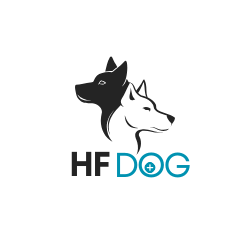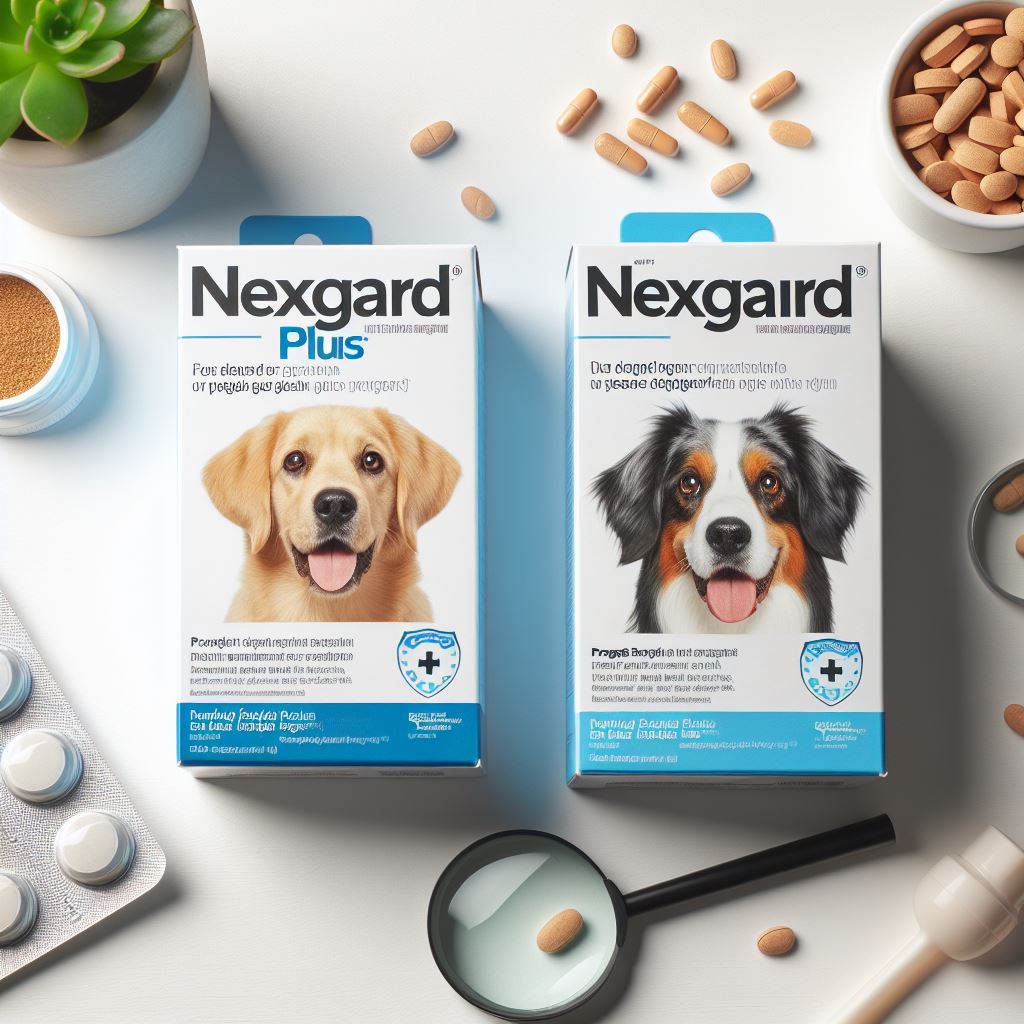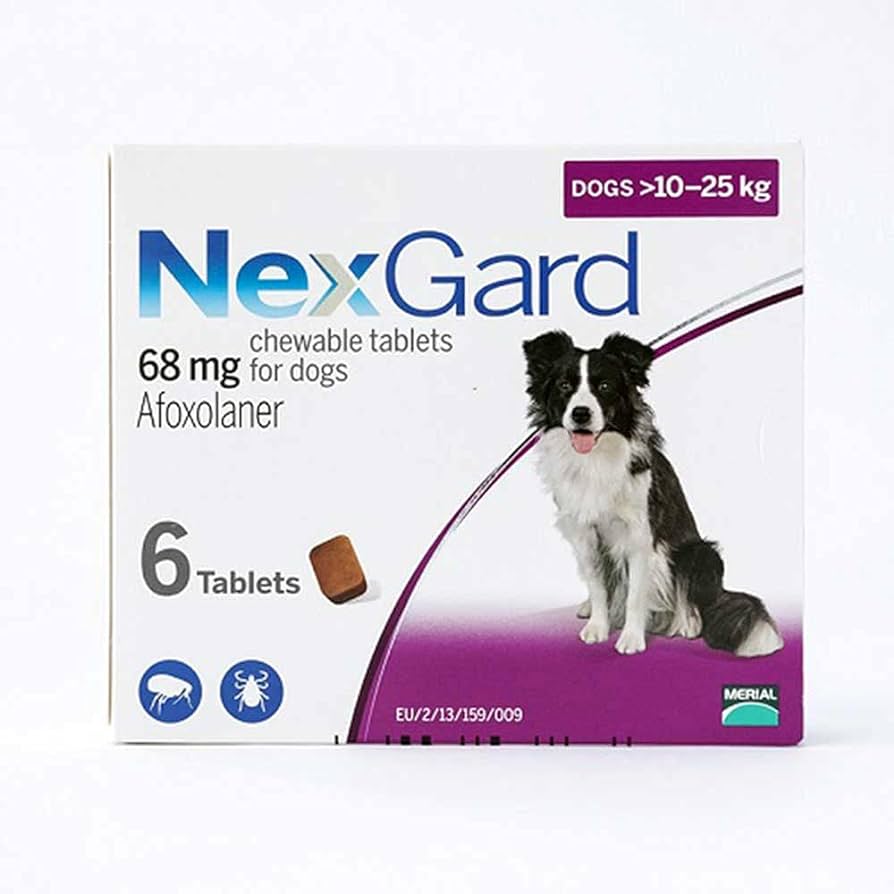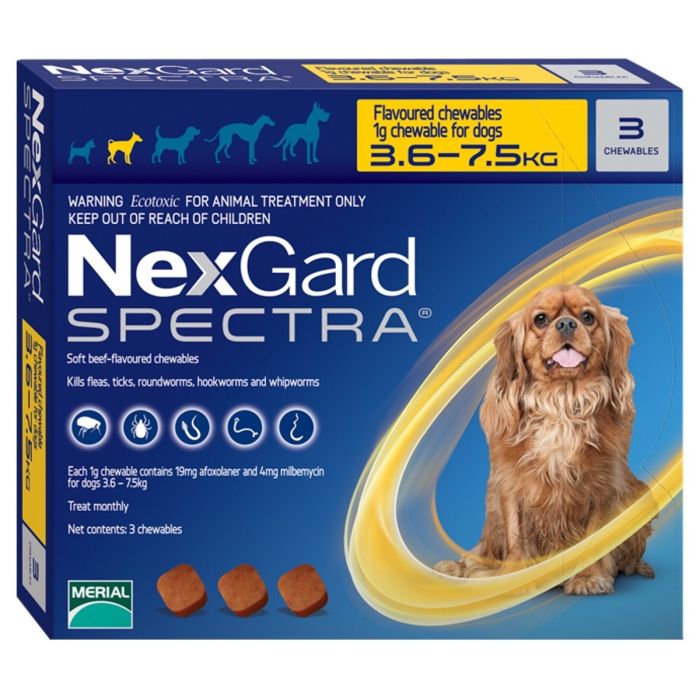Choosing Between Nexgard Plus Vs Nexgard
When deciding between Nexgard Plus vs Nexgard, you may find yourself pondering the key differences and weighing the benefits each product offers. Your furry companion’s well-being hinges on making an informed choice, and understanding the nuances between these two options can play a pivotal role in safeguarding your pet’s health. The decision ultimately rests on a combination of factors that cater to your pet’s specific needs.
Key Takeaways
- Nexgard Plus protects against fleas, ticks, and intestinal parasites.
- Nexgard focuses on fleas and ticks only.
- Nexgard Plus has Afoxolaner and Milbemycin Oxime, offering broader protection.
- Consult a vet for necessity of intestinal parasite protection.
- Choose based on pet’s specific health needs.
Key Differences
When choosing between Nexgard Plus and Nexgard, understanding the key differences is crucial for making an informed decision.
Nexgard Plus is formulated to not only protect your furry friend against fleas and ticks like Nexgard but also includes an additional active ingredient that targets intestinal parasites. This means Nexgard Plus provides a broader spectrum of protection, making it a more comprehensive option if you’re looking to safeguard your pet against multiple threats.
Nexgard, on the other hand, focuses solely on killing fleas and ticks, ensuring your pet is shielded from these pesky parasites. While both products are effective at what they do, Nexgard Plus offers that extra layer of defense against intestinal worms.
It’s important to assess your pet’s specific needs and consult with your veterinarian to determine whether the additional protection against intestinal parasites is necessary. By understanding the nuances between Nexgard Plus and Nexgard, you can confidently choose the option that best suits your pet’s health requirements.
Active Ingredients
Nexgard Plus and Nexgard contain different active ingredients that play a key role in their effectiveness against parasites. Nexgard Plus combines two active ingredients: Afoxolaner and Milbemycin Oxime. Afoxolaner targets fleas and ticks by over-stimulating their nervous system, leading to their death. Milbemycin Oxime works against heartworm disease and certain gastrointestinal parasites by interfering with their nerve transmission and muscle function.
On the other hand, Nexgard solely contains Afoxolaner as its active ingredient. Afoxolaner is a potent insecticide that kills fleas and ticks rapidly upon contact. Both products are designed to be effective against a range of parasites, but the additional active ingredient in Nexgard Plus provides broader protection by targeting heartworms and additional gastrointestinal parasites.
When choosing between Nexgard Plus and Nexgard, consider the specific parasites you need protection against to make an informed decision based on the active ingredients each product offers.
Effectiveness Comparison
To compare the effectiveness of Nexgard Plus and Nexgard, evaluate their performance against a variety of parasites.
Both Nexgard Plus and Nexgard are highly effective in combating fleas and ticks on your pet. Nexgard Plus goes a step further by also targeting intestinal parasites like roundworms, hookworms, and whipworms, providing broader protection. On the other hand, Nexgard excels at killing fleas before they can lay eggs, preventing further infestations.
When it comes to speed of action, Nexgard Plus and Nexgard work swiftly. Nexgard Plus starts killing fleas within 6 hours and ticks within 48 hours, while Nexgard kills fleas within 8 hours. Both products continue to provide protection for a full month, ensuring that your pet is shielded from parasites consistently.
In terms of effectiveness against various parasites, Nexgard Plus offers a more comprehensive solution by targeting both external and internal parasites. However, if your primary concern is flea control, Nexgard provides rapid and reliable results. Ultimately, the choice between Nexgard Plus and Nexgard depends on your pet’s specific needs and the level of protection required.
Administration and Dosage
Considering the method of application and recommended dosage is essential when comparing Nexgard Plus and Nexgard for your pet’s parasite protection. Nexgard Plus is a chewable tablet that needs to be administered orally, making it easy and convenient for most pets to consume. It’s recommended to give Nexgard Plus with a full meal to ensure proper absorption. On the other hand, Nexgard is also a chewable tablet but is specifically designed for flea and tick prevention. It should be administered orally as well, and just like Nexgard Plus, giving it with food is ideal.
In terms of dosage, both Nexgard Plus and Nexgard should be given monthly for optimal protection against fleas and ticks. The dosage is based on your pet’s weight, so it’s crucial to follow the guidelines provided by your veterinarian to ensure the effectiveness of the treatment. Remember to never administer Nexgard products intended for dogs to cats, as this can be harmful to feline friends.
Safety Considerations
When ensuring the well-being of your pet, prioritizing safety considerations is paramount. Both NexGard Plus and NexGard are generally safe for most dogs when used as directed. However, as with any medication, there are some safety considerations to keep in mind.
Firstly, always consult your veterinarian before starting your pet on any new medication, including NexGard products. Your vet can help determine if your dog has any underlying health conditions that could make them more susceptible to adverse reactions.
Additionally, be vigilant for any potential side effects after administering NexGard. While uncommon, side effects can include vomiting, diarrhea, lethargy, or lack of appetite. If you notice any unusual symptoms in your pet after giving them NexGard, contact your vet immediately.
Lastly, ensure you’re using the correct dosage based on your dog’s weight. Giving a higher dosage than recommended can increase the risk of side effects. Always follow the instructions provided by your veterinarian or on the product packaging to keep your pet safe and protected from fleas and ticks.
Frequently Asked Questions
Are There Any Known Drug Interactions With Nexgard Products?
When considering Nexgard products, be aware of potential drug interactions. It’s essential to consult your veterinarian or pharmacist for detailed information. Your pet’s safety and well-being are top priorities when using any medication.
Can Nexgard Be Used in Pregnant or Lactating Dogs?
Yes, NexGard should not be used in pregnant, breeding, or lactating dogs. It is essential to consult your vet before administering any medication to ensure the safety and well-being of your furry companion.
How Quickly Does Nexgard Start Working After Administration?
After administration, NexGard typically starts working within hours to kill fleas and ticks on your dog. It is important to follow the recommended dosing schedule to ensure continued protection against these pests.
Is It Safe to Use Nexgard in Senior Dogs?
In senior dogs, NexGard is generally safe when used as directed. However, it’s essential to consult your vet before starting any new medication. Keep an eye out for any unusual reactions and report them promptly.
Can Nexgard Be Used in Dogs With a History of Seizures?
Yes, NexGard can be used in dogs with a history of seizures. However, it’s crucial to consult your vet before starting any medication. They can provide expert advice tailored to your dog’s specific health needs and history.
Conclusion
In conclusion, when choosing between Nexgard Plus and Nexgard, consider your pet’s specific needs.
Nexgard Plus offers protection against fleas, ticks, and intestinal parasites, while Nexgard focuses solely on fleas and ticks.
Consult with your veterinarian to determine the best option for your pet’s health.
Ultimately, the decision should be based on what will provide the most comprehensive protection for your furry friend.








